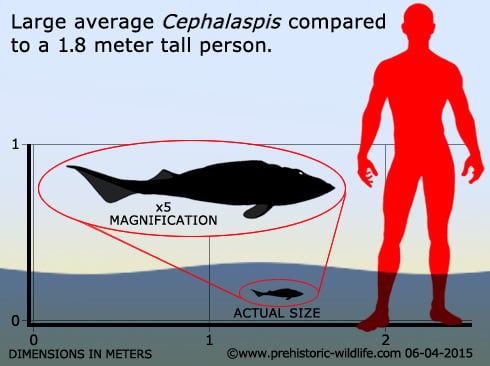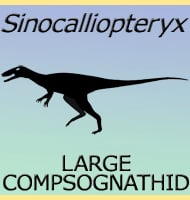In Depth
Cephalaspis is a good example of the jawless fish that swam through the waters of the Devonian. Although jawless, it still had a mouth that was situated to the underside of the head, suggesting that it was a bottom feeder. Also there seems to be sensory organs on the underside of the head suggesting that it searched for buried prey items such as worms and microorganisms. It’s also likely that it would have sifted for organic matter that had sunk to the bottom.
The armoured head of Cephalaspis is its most distinguishing feature taking up about a third of the body length and being almost as wide as it is long. With the mouth on the bottom of the head, the eyes are situated close together at the top of the skull. Since Cephalaspis probably did not rely on them for feeding, this was probably a defensive adaptation suggesting that Cephalaspis itself was prey for the predators of the time.
There have been a large number of remains attributed to the genus Cephalaspis, ranging from Europe to North America and further beyond. However there are many people who remain unconvinced as to the validity of all the specimens, hence the changing lists of species depending upon source. Here in an attempt to avoid potential confusion, only the type species C. lyelli described by Agassiz is noted.
Further Reading
– Recherches Sur Les Poissons Fossiles. Tome I (livr. 18). – Imprimerie de Petitpierre, Neuchatel xxxii-188. – Louis Agassiz – 1843. – Concerning the Mouth Opening and certain features of the Visceral Endoskeleton of Cephalaspis. – Journal of Anatomy vol65. – Edward Phelps Allis Jr – 1931. – On Cephalaspis magnifica Traquair, 1893, from the Middle Devonian of Scotland, and the relationships of the last osteostracans. – Transactions of the Royal Society of Edinburgh: Earth Sciences 9. – Philippe Janvier & Michael J. Newman – 2004.










